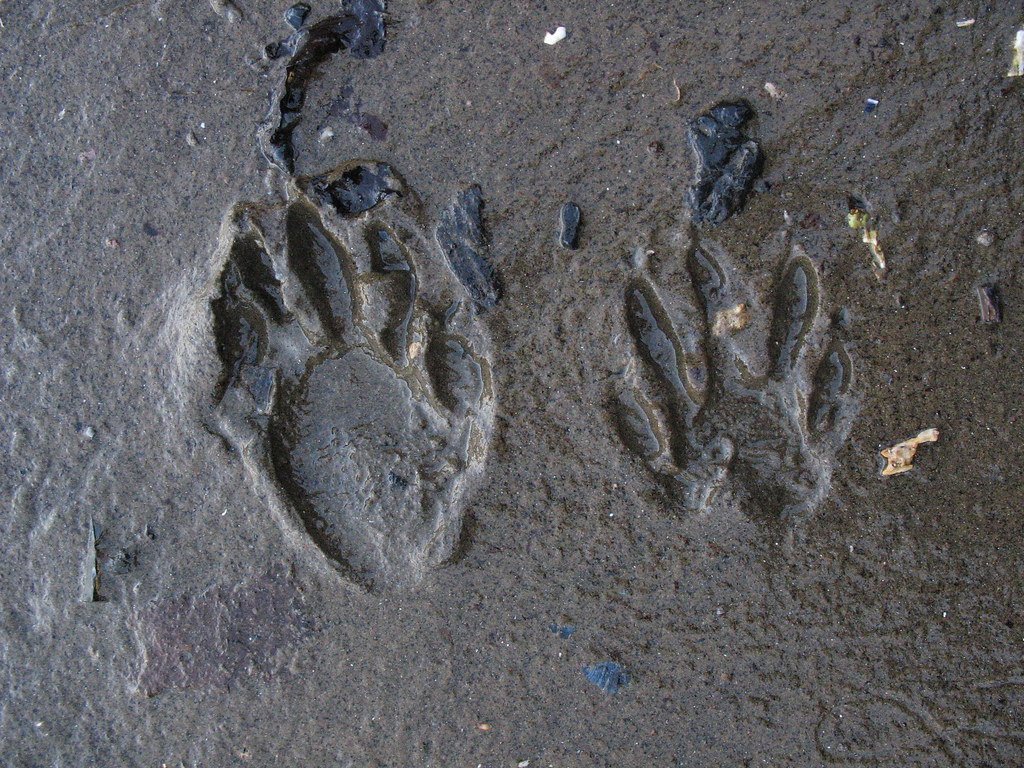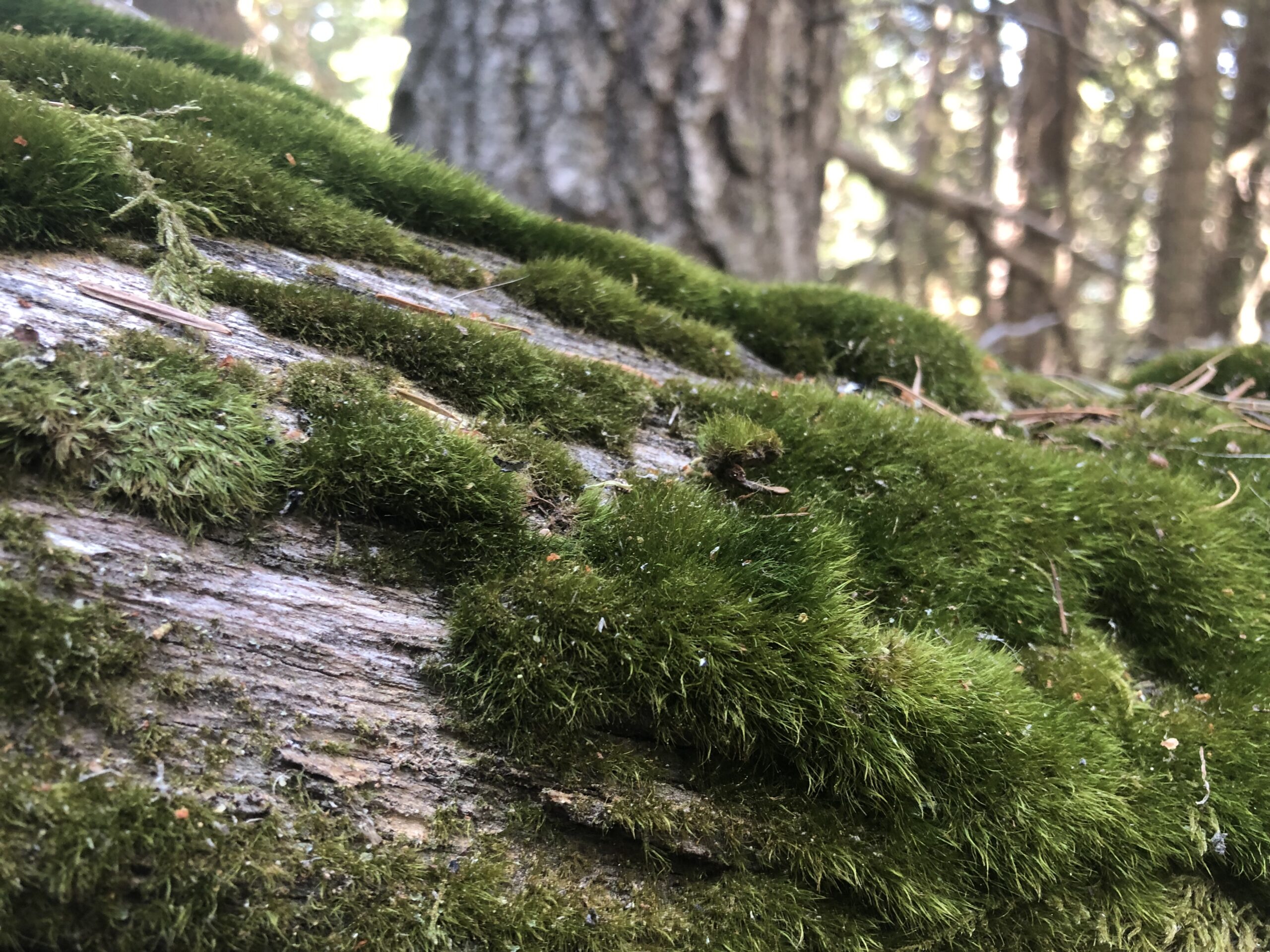This volunteer-led reading group explores memoir, biography, auto-biography, non-fiction, essay, research, and poetry that address identity, politics, science, spirituality, and experience of connecting to the ecosystems we inhabit.
Bark’s The Understory book club is on a mission to maintain a robust and active study group as a strategy to deepen Bark’s engagement with environmental literature beyond the typical canon of white, western, male, and scientific writing. The Understory strives to develop cultural humility and promote radical environmental justice in our organization and community and by focusing on readings that support our collective and individual practices of decolonization, anti-oppression, and cultural transformation.
The Understory meets the last Monday of the month.

Braiding Sweetgrass by Robin Wall Kimmerer
Drawing on her life as an indigenous scientist, and as a woman, Kimmerer shows how other living beings―asters and goldenrod, strawberries and squash, salamanders, algae, and sweetgrass―offer us gifts and lessons, even if we’ve forgotten how to hear their voices. In reflections that range from the creation of Turtle Island to the forces that threaten its flourishing today, she circles toward a central argument: that the awakening of ecological consciousness requires the acknowledgment and celebration of our reciprocal relationship with the rest of the living world. For only when we can hear the languages of other beings will we be capable of understanding the generosity of the earth, and learn to give our own gifts in return.
Red Earth, White Lies by Vine Deloria Jr.
Vine Deloria, Jr., leading Native American scholar and author of the best-selling God is Red, addresses the conflict between mainstream scientific theory about our world and the ancestral worldview of Native Americans. Claiming that science has created a largely fictional scenario for American Indians in prehistoric North America, Deloria offers an alternative view of the continent’s history as seen through the eyes and memories of Native Americans. Further, he warns future generations of scientists not to repeat the ethnocentric omissions and fallacies of the past by dismissing Native oral tradition as mere legends.
Blonde Indian by Ernestine Hayes
Told in eloquent layers that blend Native stories and metaphor with social and spiritual journeys, this enchanting memoir traces the author’s life from her difficult childhood growing up in the Tlingit community, through her adulthood, during which she lived for some time in Seattle and San Francisco, and eventually to her return home. Neither fully Native American nor Euro-American, Hayes encounters a unique sense of alienation from both her Native community and the dominant culture. We witness her struggles alongside other Tlingit men and women—many of whom never left their Native community but wrestle with their own challenges, including unemployment, prejudice, alcoholism, and poverty.
Indians, Fire, and the Land in the Pacific Northwest by Robert Boyd
Early explorers to the Pacific Northwest expected to encounter a land of dense forests. Instead, their writings reveal that they were often surprised to discover spacious meadows, prairies, and open spaces. Far from a pristine wilderness, much of the Northwest landscape was actively managed and shaped by the hands of its Native American inhabitants. Their primary tool was fire. During more than 10,000 years of occupation, Native Americans in the Northwest learned the intricacies of their local envrionments and how to use fire to create desired effects, mostly in the quest for food. The essays collected in this important volume summarize virtually everything that is currently known about the use of fire in the environment. The fourteen contributors bring to the discussion expertise in such areas as anthropology, environmental history, ethnohistory, ethnobotany, forestry, cultural ecology and paleobotany.
Forest Primeval by Chris Maser
“Another Anti-Pastoral,” the opening poem of Forest Primeval, confesses that sometimes “words fail.” With a “bleat in [her] throat,” the poet identifies with the voiceless and wild things in the composed, imposed peace of the Romantic poets with whom she is in dialogue. Vievee Francis’s poems engage many of the same concerns as her poetic predecessors—faith in a secular age, the city and nature, aging, and beauty. Words certainly do not fail as Francis sets off into the wild world promised in the title. The wild here is not chaotic but rather free and finely attuned to its surroundings. The reader who joins her will emerge sensitized and changed by the enduring power of her work.
The Mushroom at the End of the World by Anna Tsing
A tale of diversity within our damaged landscapes, The Mushroom at the End of the World follows one of the strangest commodity chains of our times to explore the unexpected corners of capitalism. Here, we witness the varied and peculiar worlds of matsutake commerce: the worlds of Japanese gourmets, capitalist traders, Hmong jungle fighters, industrial forests, Yi Chinese goat herders, Finnish nature guides, and more. These companions also lead us into fungal ecologies and forest histories to better understand the promise of cohabitation in a time of massive human destruction.
The Overstory by Richard Powers
The Overstory, winner of the 2019 Pulitzer Prize in Fiction, is a sweeping, impassioned work of activism and resistance that is also a stunning evocation of―and paean to―the natural world. From the roots to the crown and back to the seeds, Richard Powers’s twelfth novel unfolds in concentric rings of interlocking fables that range from antebellum New York to the late twentieth-century Timber Wars of the Pacific Northwest and beyond. There is a world alongside ours―vast, slow, interconnected, resourceful, magnificently inventive, and almost invisible to us. This is the story of a handful of people who learn how to see that world and who are drawn up into its unfolding catastrophe.
Forest Understory: Creative Inquiry in an Old Growth, Forest Edited by Nathaniel Brodie, Charles Goodrich and Frederick J. Swanson.
This anthology―which includes work by some of the nation’s most accomplished writers, including Sandra Alcosser, Alison Hawthorne Deming, Jane Hirshfield, Linda Hogan, Freeman House, Robin Wall Kimmerer, Kathleen Dean Moore, Robert Michael Pyle, Pattiann Rogers, and Scott Russell Sanders―grows out of the work of the Long-Term Ecological Reflections program and showcases the insights of the program’s thoughtful and important encounters among writers, scientists, and place. These vivid essays, poems, and field notes convey a landscape of moss-draped trees, patchwork clear-cuts, stream-swept gravel bars, and hillsides scoured by fire, and also bring forward the ambiguities and paradoxes of conflicting human values and their implications for the ecosystem.
As Long as Grass Grows: The Indigenous Fight for Environmental Justice, from Colonization to Standing Rock by Dina Gilio-Whitaker
Through the unique lens of “Indigenized environmental justice,” Indigenous researcher and activist Dina Gilio-Whitaker explores the fraught history of treaty violations, struggles for food and water security, and protection of sacred sites, while highlighting the important leadership of Indigenous women in this centuries-long struggle. As Long As Grass Grows gives readers an accessible history of Indigenous resistance to government and corporate incursions on their lands and offers new approaches to environmental justice activism and policy.
Dispossessing the Wilderness: Indian Removal and the Making of National Parks by Mark David Spence
National parks like Yellowstone, Yosemite, and Glacier preserve some of this country’s most cherished wilderness landscapes. While visions of pristine, uninhabited nature led to the creation of these parks, they also inspired policies of Indian removal. By contrasting the native histories of these places with the links between Indian policy developments and preservationist efforts, this work examines the complex origins of the national parks and the troubling consequences of the American wilderness ideal. The first study to place national park history within the context of the early reservation era, it details the ways that national parks developed into one of the most important arenas of contention between native peoples and non-Indians in the twentieth century.

